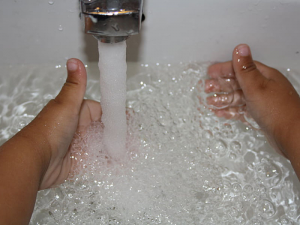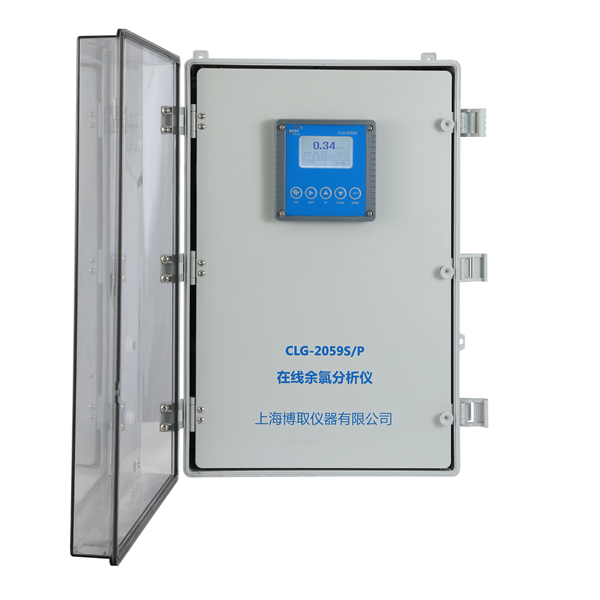Many people do not understand what is residual chlorine? Residual chlorine is a water quality parameter for chlorine disinfection. At present, residual chlorine exceeding the standard is one of the core problems of tap water. The safety of drinking water is related to health. Most tap water will use chlorine-containing disinfectant to disinfect the water quality, but if the disinfectant is used excessively, the residual chlorine in the water will be too high. If the residual chlorine is too high, it will bring odor to the water. If it is too low, the water will lose its ability to maintain sterilization. the ability to reduce the sanitary security of the water supply. So how to test whether the residual chlorine in tap water meets the standard?
When you brush your teeth with tap water, you feel a strong smell of bleaching powder and feel nauseous. When you drink boiled tap water, the boiled water becomes very unpleasant and slightly bitter. These indicate that the residual chlorine in the tap water exceeds the standard. To detect residual chlorine in tap water, we cannot observe it with the naked eye alone, and we need to use professional instruments for detection.
Which instrument can detect residual chlorine in water? The residual chlorine analyzer instrument developed and produced by BOQU Instruments is a detector suitable for industrial sewage, aquaculture, river monitoring, swimming venues, etc. It can measure quickly, simply, accurately and stably. The instrument adopts an intelligent operating system, which is easier and faster to operate.
This water residual chlorine analyzer instrument has a beautiful appearance, a simple operation interface, and an accurate detection system, which can help users obtain fine data, and can more accurately and effectively follow the new water conditions. This instrument can be used in pure water plants, water plants, domestic sewage treatment plants, industrial sewage, aquaculture, river monitoring, swimming venues, water source protection, production monitoring, scientific research experiments, etc.
Post time: Oct-31-2022






